Opinion
Election 2017 is almost over. Was it a repeat of past elections? Will Election 2021 be a repeat of this one?

Election 2017 will be over in about 48 hours, and then what?
“The odds are all the incumbents will get re-elected so nothing will change.” If that is your argument, then vote for a challenger. You do not have to vote for all 14 or 16 positions depending on school boards. Find one name that you would like to see win a seat, and vote for that person.
If you find some more names, all the better.
Remember the vote you gave your last choice may be the vote that gives your last choice the win over your first choice. In 2013 Paul Harris only beat Tanya Handley by 8 votes, Bill Stuebing got 5 more votes than Bev Manning, and Cathy Peacock and Jim Watters tied. Incumbents usually fill the last few blanks because of name recognition.
“Wasn’t the removal of the railyard going to revitalize the downtown, about 20 years ago, and haven’t the Riverlands been brought up in the last 3 or 4 elections?” The downtown revitalization is a continuous circle and will never be completely revitalized. There will be new ideas, new plans, changes, and hopes that the next project will be the one, that cures the downtown’s ailments. Next election we may be voting on a new vision for the downtown because the issues are still there.
This year the fashionable issue of the day was “Crime” and with Red Deer having the 2nd highest Crime Severity Index in Canada, it was no surprise. We have the highest number of Fentenyl deaths in Alberta and we hand out 500,000 needles per year and can only account for 350,000 back. Haven’t we heard some of the same arguments since 2004 and in 2011 weren’t we 15th on the Crime Severity Index and now we are up to 2nd. Are we trying for number 1? Is this an issue that disappears between elections?
“We are a growth community.” No we are not. We were in 2013 but we are declining in population, our businesses are closing and or relocating. “It is the recession.” No it isn’t. The province grew, the neighbours all grew, just us that declined. The tax differential is still there but it was there when we were growing.
“Our environmental stewardship is a leader.” We have the poorest air quality in Alberta which is the lowest across Canada. Perhaps we could look at the way we build our city, and make some changes. We have all industry in the north-west and we are building our high schools in the East, South-east. Do we need to build 5 high schools along 30th Ave. So either you commute across the city to work or your children commute across the city to high school. The monitors having been reading in the “needs immediate attention” range sine 2009. Harder to deal with but perhaps better planning may help. The next high school will be a public high school, and perhaps a new board might consider building it north of the river and not along 30th Ave?
There are a lot of reasons to change direction, and since the incumbents seem unwilling to let go the levers of power, the voters must.
If you are satisfied with the status quo, vote for the status quo.
I have voted in over 30 elections at different levels. I have seen the same discussions repeated time and again. The biggest change I saw was the 2015 Alberta election that brought in a whole new government. The world did not end, and the apocalypse did not arrive.
I am sure that the world will continue on but I am hoping for some fresh ideas, fresh thinking, fresh discussions and a fresh start in a new direction.
Perhaps we should just wait and see and discuss this during Election 2021. We might.
Business
UN climate conference—it’s all about money
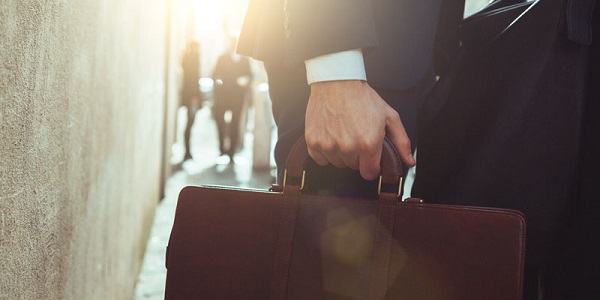
From the Fraser Institute
This year’s COP wants to fast-track the world’s transition to “clean” energy, help vulnerable communities adapt to climate change, work on “mobilizing inclusivity” (whatever that means) and “delivering on climate finance,” which is shorthand for having wealthier developed countries such as Canada transfer massive amounts of wealth to developing countries.
Every year, the United Nations convenes a Conferences of Parties to set the world’s agenda to reduce greenhouse gas (GHG) emissions. It’s the biggest event of the year for the climate industry. This year’s conference (COP29), which ends on Sunday, drew an army of government officials, NGOs, celebrities and journalists (many flying on GHG-emitting jet aircraft) to Baku, Azerbaijan.
The COP follows a similar narrative every year. It opens with a set of ambitious goals for climate policies, followed by days of negotiating as countries jockey to carve out agreements that most favour their goals. In the last two days, they invariably reach a sticking point when it appears the countries might fail to reach agreement. But they burn some midnight oil, some charismatic actors intervene (in the past, this included people such as Al Gore), and with great drama, an agreement is struck in time for the most important event of the year, flying off to their protracted winter holidays.
This year’s COP wants to fast-track the world’s transition to “clean” energy, help vulnerable communities adapt to climate change, work on “mobilizing inclusivity” (whatever that means) and “delivering on climate finance,” which is shorthand for having wealthier developed countries such as Canada transfer massive amounts of wealth to developing countries.
Some of these agenda items are actually improvements over previous COPs. For example, they’re actually talking about “climate adaptation”—the unwanted stepchild of climate policies—more this year. But as usual, money remains a number one priority. As reported in the Associated Press, “negotiators are working on a new amount of cash for developing nations to transition to clean energy, adapt to climate change and deal with weather disasters. It’ll replace the current goal of $100 billion (USD) annually—a goal set in 2009.” Moreover, “experts” claim the world needs between $1 trillion and $1.3 trillion (yes, trillion) in “climate finance” annually. Not to be outdone, according to an article in the Euro News, other experts want $9 trillion per year by 2030. Clearly, the global edifice that is climate change activism is all about the money.
Reportedly, COP29 is in its final section of the meta-narrative, with much shouting over getting to a final agreement. One headline in Voice of America reads “Slow progress on climate finance fuels anger as COP29 winds down.” And Argus News says “climate finance talks to halt, parties fail to cut options.” We only await the flying in of this year’s crop of climate megafauna to seal the deal.
This year’s conference in Baku shows more clearly than ever before that the real goal of the global climate cognoscenti is a giant wealth transfer from developed to developing countries. Previous climate conferences, whatever their faults, focused more on setting emission reduction targets and timelines and less about how the UN can extract more money from developed countries. The final conflict of COP29 isn’t about advancing clean energy targets or helping vulnerable countries adapt to climate change technologically, it’s all about show me the money.
Author:
Daily Caller
Canada Pivots From ‘Diversity Is Our Strength,’ Locks Down Border Fearing Migrant Influx
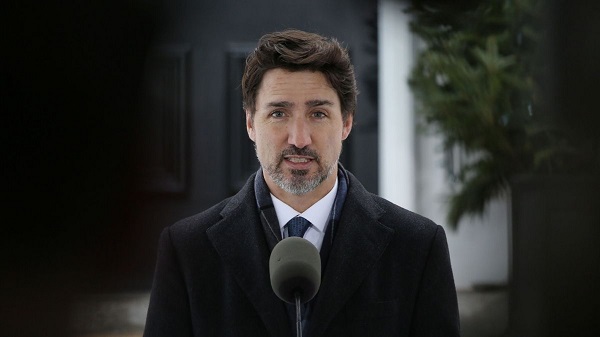
 From the Daily Caller News Foundation
From the Daily Caller News Foundation
Canadian officials are bracing for a possible migrant influx into their country because of President-elect Donald Trump’s election victory in the U.S., marking a major pivot in policy compared to Trump’s first White House term.
Canada’s Liberal Party-led government appears to be taking a much more hawkish approach to illegal immigration and the possibility of a surge in asylum seekers, according to the New York Times. The Royal Canadian Mounted Police (RCMP) — the country’s law enforcement arm that patrols the border — is preparing to beef up its immigration enforcement capabilities by hiring more staff, adding more vehicles and creating more processing facilities.
RCMP would use the extra vehicles to help patrol the U.S.-Canada border and utilize newly-established facilities to detain and process arriving migrants, according to the New York Times.
The preparations up north come as Trump — who just won election to a second, non-consecutive term to the White House — has vowed to conduct the largest deportation operation in the country’s history. He is set to re-occupy the Oval Office in January, where he will get to work on his hardline immigration enforcement agenda.
Canadian officials have spoken about the possibility of a migrant surge into their country early on since Trump’s victory.
“We started planning because we knew that there were a lot of people in the United States who will fear to be deported, and if that happens, they won’t wait for the Trump administration to seize power, it’s more likely that they will attempt to cross into Canada from now in the next few weeks until he takes on power,” RCMP spokesperson Sgt. Charles Poirier said on CTV News earlier in November.
Trudeau’s government did not have the same response to Trump’s first-term crackdown on illegal migrants.
“To those fleeing persecution, terror & war, Canadians will welcome you, regardless of your faith. Diversity is our strength #WelcomeToCanada,” the Canadian prime minister posted on social media on Jan. 28, 2017, just days after Trump was sworn into office.
However, in the years since Trudeau made these public overtures, the Canadian government has recognized the need to change course. The change in policy is largely reflective of less tolerance in the country for mass migration, public opinion surveys have shown.
“To be clear: all newcomers are valued in Canada,” Marc Miller, Canada’s immigration minister, said during a September speech in Ottawa before announcing the rollout of immigration enforcement measures. “But we also need to recognize that this can impact communities, such as the increases in unemployment amongst youth and newcomers.”
“We are introducing changes to further recalibrate international student, foreign worker and permanent resident volumes. That work has already started,” Miller continued.
In addition to beefing up its border infrastructure, Canadian officials also plan to make use out of an international agreement that will allow them to send asylum seekers back into the U.S., according to the New York Times. The “safe third country” agreement — which the Trump administration heavily enforced onto Mexico at that time — designates both the U.S. and Canada as safe countries for asylum requestors, meaning a migrant that arrived in the U.S. must first seek asylum there before attempting to do so in Canada.
“We expect that agreement to continue to be fully enforced,” Miller told reporters earlier.
The RCMP did not immediately respond to a request for comment from the Daily Caller News Foundation.
-
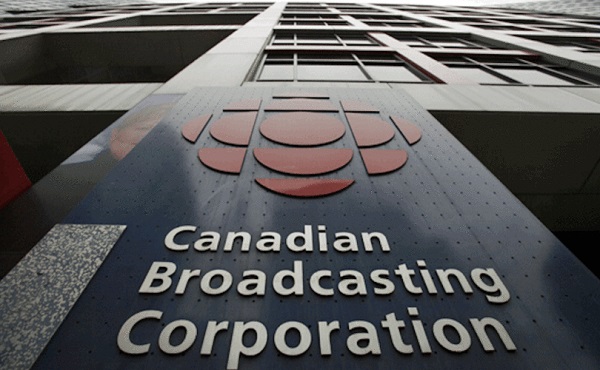
 Business1 day ago
Business1 day agoCBC’s business model is trapped in a very dark place
-
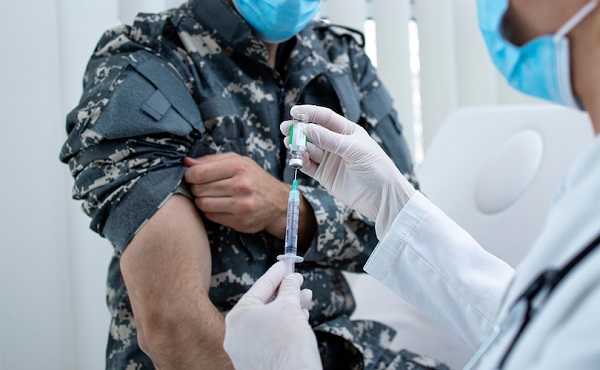
 armed forces2 days ago
armed forces2 days agoJudge dismisses Canadian military personnel’s lawsuit against COVID shot mandate
-
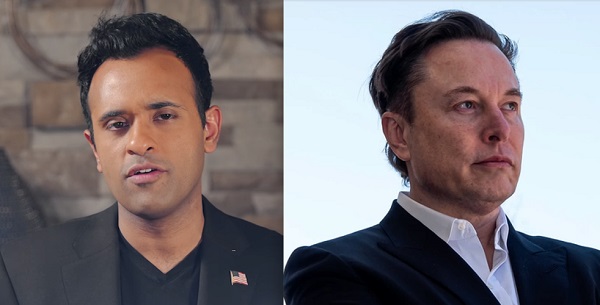
 International2 days ago
International2 days agoElon Musk, Vivek Ramaswamy Outline Sweeping Plan to Cut Federal Regulations And Staffing
-
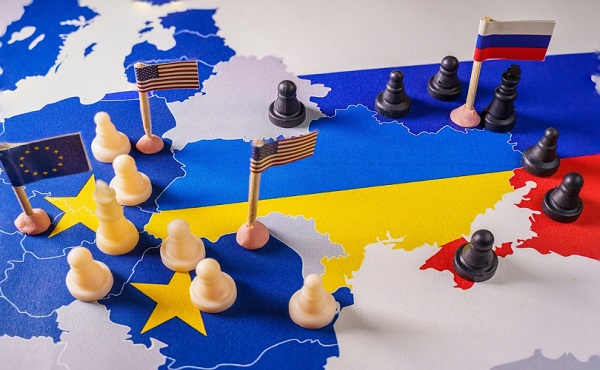
 conflict2 days ago
conflict2 days agoUS and UK authorize missile strikes into Russia, but are we really in danger of World War III?
-
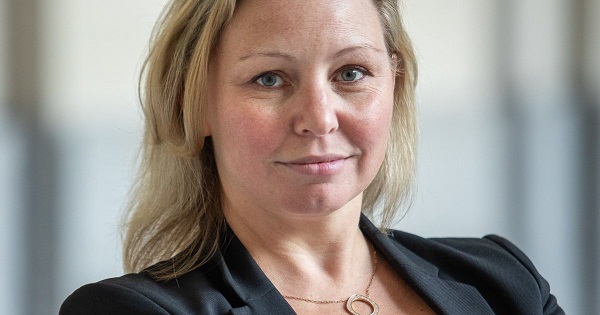
 Energy2 days ago
Energy2 days agoWhat does a Trump presidency means for Canadian energy?
-

 Alberta1 day ago
Alberta1 day agoAlberta government announces review of Trudeau’s euthanasia regime
-
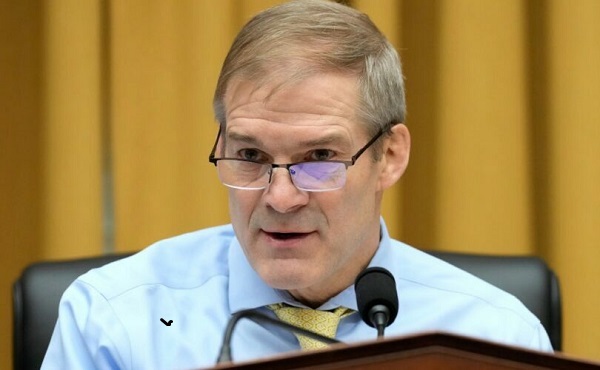
 Censorship Industrial Complex1 day ago
Censorship Industrial Complex1 day agoCongressional investigation into authors of ‘Disinformation Dozen’ intensifies
-

 Alberta23 hours ago
Alberta23 hours agoAlberta fiscal update: second quarter is outstanding, challenges ahead







